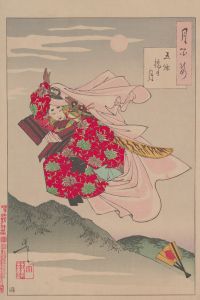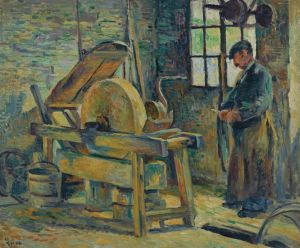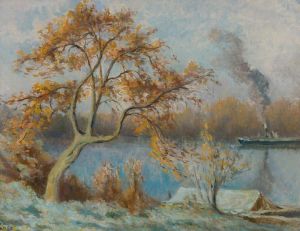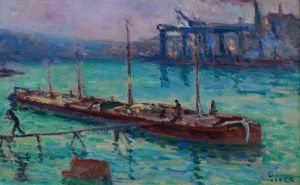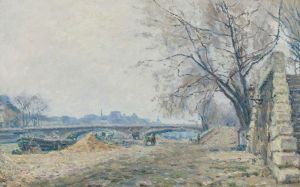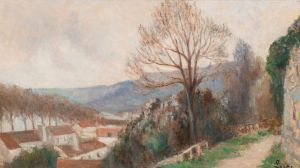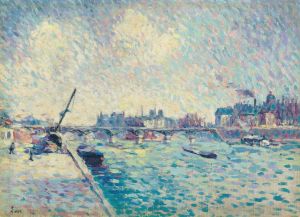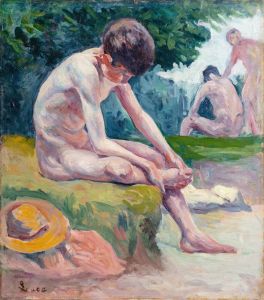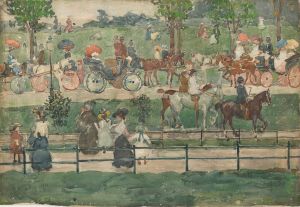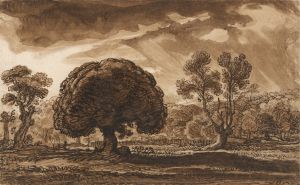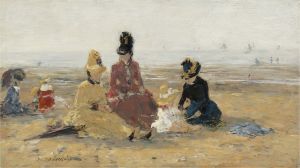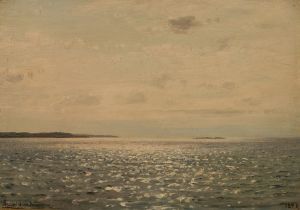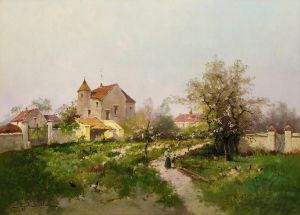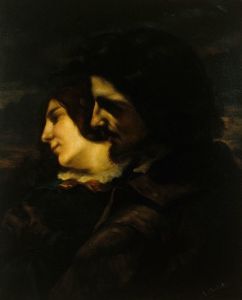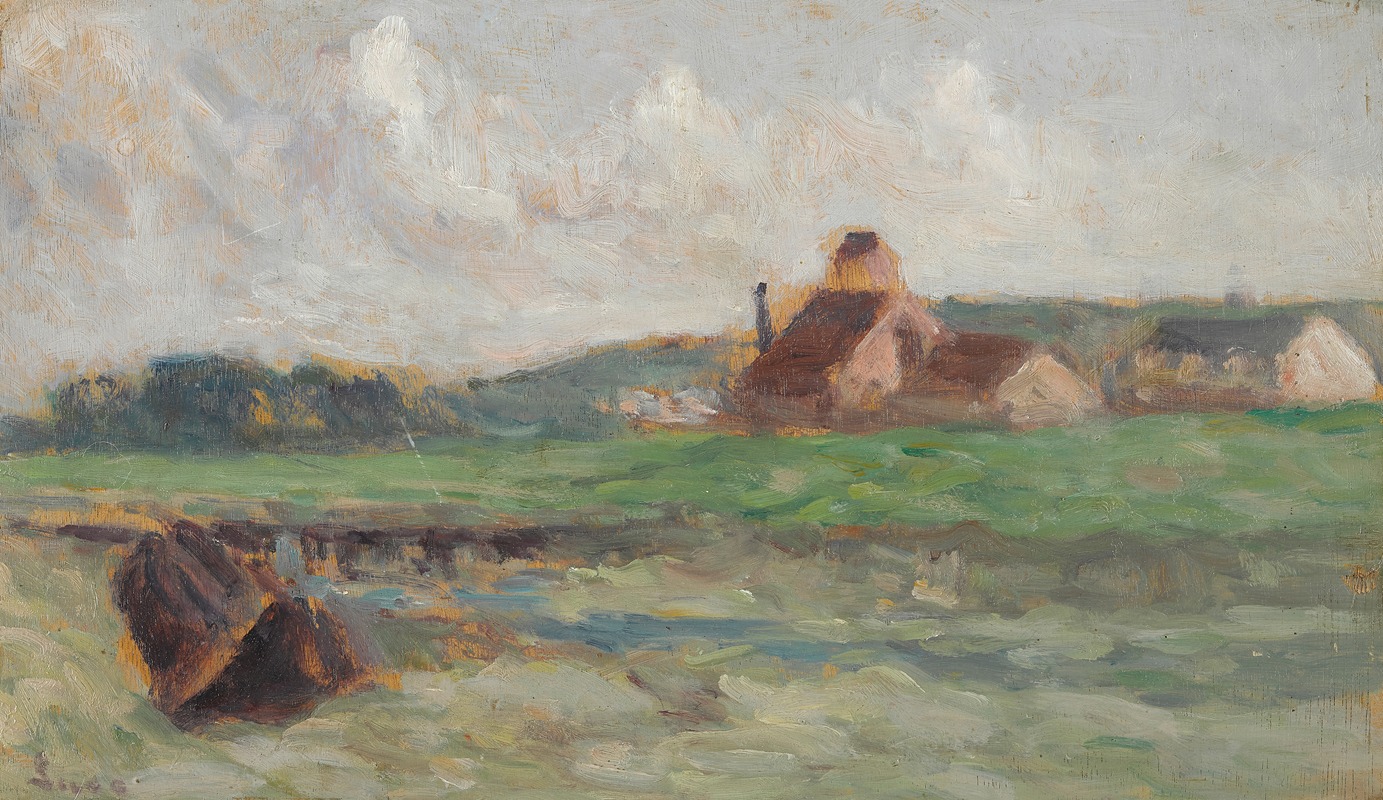
Bords de la Bresle
A hand-painted replica of Maximilien Luce’s masterpiece Bords de la Bresle, meticulously crafted by professional artists to capture the true essence of the original. Each piece is created with museum-quality canvas and rare mineral pigments, carefully painted by experienced artists with delicate brushstrokes and rich, layered colors to perfectly recreate the texture of the original artwork. Unlike machine-printed reproductions, this hand-painted version brings the painting to life, infused with the artist’s emotions and skill in every stroke. Whether for personal collection or home decoration, it instantly elevates the artistic atmosphere of any space.
Maximilien Luce was a prominent French Neo-Impressionist painter known for his contributions to the Pointillist movement, which was characterized by the use of small, distinct dots of color applied in patterns to form an image. Born in Paris in 1858, Luce was initially trained as an engraver before turning to painting. His works often depicted scenes of everyday life, landscapes, and urban environments, capturing the essence of the late 19th and early 20th centuries.
"Bords de la Bresle" is one of Luce's landscape paintings, showcasing his mastery of the Neo-Impressionist technique. The Bresle is a river in northern France, flowing through the regions of Normandy and Hauts-de-France, and it is known for its picturesque landscapes. Luce's depiction of the riverbanks of the Bresle reflects his interest in capturing the natural beauty and tranquility of rural France.
In "Bords de la Bresle," Luce employs the Pointillist technique, using small, distinct dots of color to create a vibrant and luminous scene. This method allows for a dynamic interplay of light and color, which is a hallmark of Neo-Impressionism. The painting likely features the lush greenery and serene waters typical of the Bresle's surroundings, although specific details of the composition are not widely documented.
Luce's work is often associated with the social and political movements of his time. He was known for his anarchist views and his art frequently reflected his commitment to social justice and the working class. While "Bords de la Bresle" is primarily a landscape, it can be seen as part of Luce's broader oeuvre that often highlighted the harmony between humanity and nature.
Throughout his career, Luce was influenced by other prominent artists of the Neo-Impressionist movement, such as Georges Seurat and Paul Signac. He was a member of the Société des Artistes Indépendants, an association that promoted the works of artists who were not part of the official Salon. This allowed him to exhibit his works alongside other avant-garde artists and gain recognition for his innovative techniques.
Luce's paintings, including "Bords de la Bresle," are celebrated for their technical precision and emotional depth. His ability to convey the subtleties of light and atmosphere through the meticulous application of color dots is a testament to his skill and dedication to the Neo-Impressionist style. Today, his works are held in various public and private collections, and they continue to be studied and appreciated for their artistic and historical significance.
While specific exhibitions or collections featuring "Bords de la Bresle" are not extensively documented, Luce's paintings are generally well-regarded in the art world. His contributions to the development of modern art, particularly through his exploration of color and light, have cemented his legacy as a key figure in the Neo-Impressionist movement.





